
Volvo XC90 engines, drive and performance
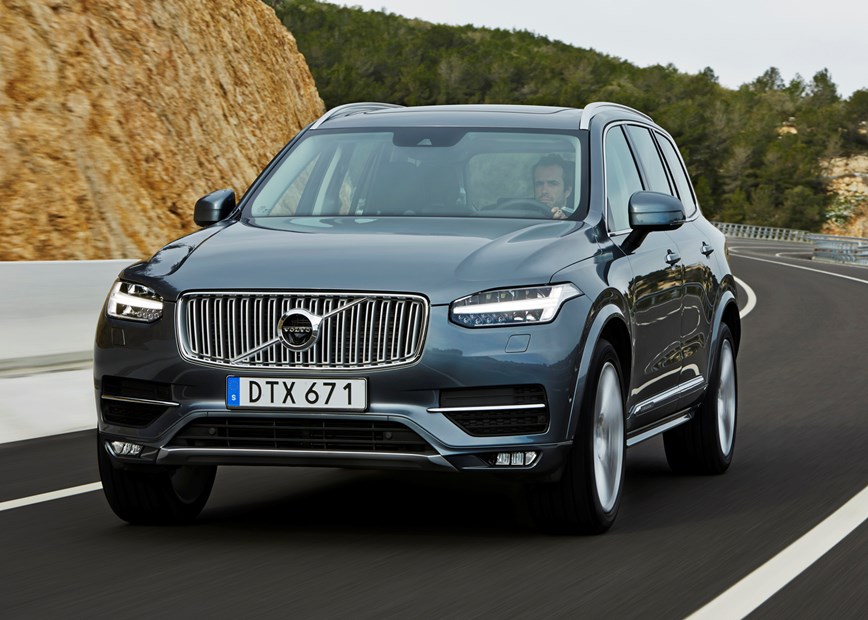
- Four engine options for the XC90
- Two petrol, one diesel and a plug-in hybrid
- Diesel best for economy, hybrid for company drivers
What engine options are there?
There’s a good range of engines available for the XC90 – a pair of petrols and a diesel that are enhanced by mild-hybrid tech, plus a plug-in hybrid that you can recharge from the socket.
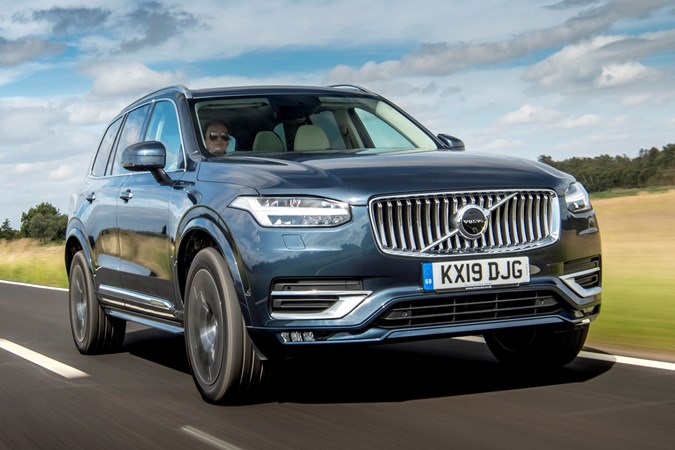
They’re all 2.0 litres in size and are matched to an excellent eight-speed automatic gearbox which we have very few complaints about. It’s smooth when you want a relaxed drive, but is responsive enough to switch gears quickly when you need an extra burst of acceleration.
The only slight reservation we have is with the gearlever itself, in that you have to nudge through the gears individually. This can feel somewhat cumbersome when you repeatedly have to toggle through Neutral when switching between R and D during manoeuvres.
>> We rate the best hybrid SUVs
Petrol engines
| Engine | Power and torque |
0-62mph time |
Top speed |
| 2.0 B5 | 250hp, 350Nm | 7.7secs | 120mph |
| 2.0 B6 | 300hp, 420Nm | 6.7secs | 120mph |
These won’t offer the fuel economy of the more frugal diesel, nor the tax benefits of the T8 plug-in, but if you plan to just use the XC90 around town, they work out as a sensible option to avoid the strain on a diesel covering few miles.
Neither feel slow, but the swell of added torque from the B6 makes it feel a lot quicker when overtaking.
Diesel engine
| Engine | Power and torque |
0-62mph time |
Top speed |
| 2.0 B5 | 235hp, 480Nm | 7.6secs | 120mph |
The sole diesel available is the B5. Altogether it makes for a peaceful and stress free cabin – while lacking the outright performance of the faster petrol and hybrid options, but making up for it with refinement.
Plug-in hybrids
| Engine | Power and torque |
0-62mph time |
Top speed |
| 2.0 T8 | 390hp, 640Nm | 6.5secs | 120mph |
On the road, the cocktail of high-tech petrol engine (supercharged and turbocharged and electric motor delivers quite a punch. The combined power can be applied all at once using the car’s Power mode, enabling it to keep pace with many smaller and lighter hot-hatches.
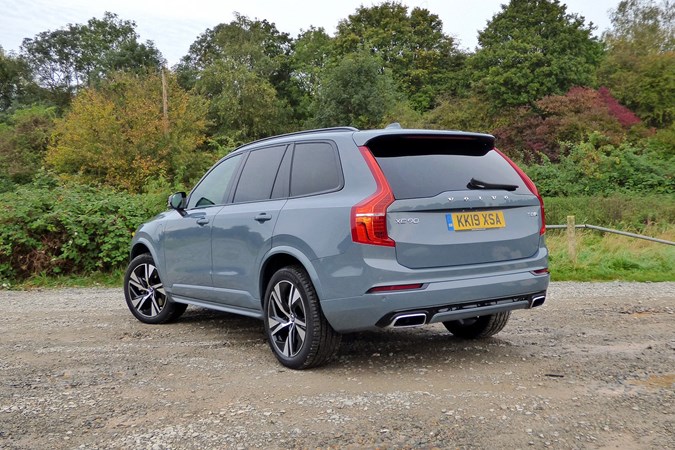
Frankly, that level of pace is amazing for a car of this size, and it feels as quick too. Put your foot down from a standstill and it rockets away with a feeling of urgent acceleration you simply don’t get from conventional powertrains. The instant torque available via the electric motor is to thank for that.
It’s not all about speed, though. One of the main advantages of a hybrid car is that it’s also smooth around town and cheap to run. The former aspect is best felt in Hybrid mode, which swaps between petrol and electric power automatically and almost seamlessly – based on what you demand of the car.
If you really concentrate you can just about tell where the change happens, but only just. In the main it’s just an easy car to drive. Stick it in D and away you go, and the car will work out the most efficient way of driving. It’ll default to Hybrid mode as much as possible, with 23.6 to 26.7 miles of electric-only travel possible, but this will most likely happen around town with a light right foot. In reality, you’ll get closer to 20 miles on the battery.
There are a few other driving modes available, including Pure – which maintains electric power for as long as possible until the battery runs out and the petrol engine must kick in – and Save, which stops electric power to prevent you using it all up at motorway speeds so you can “save” your emissions-free motoring for city centres. It’s all very Greenpeace.
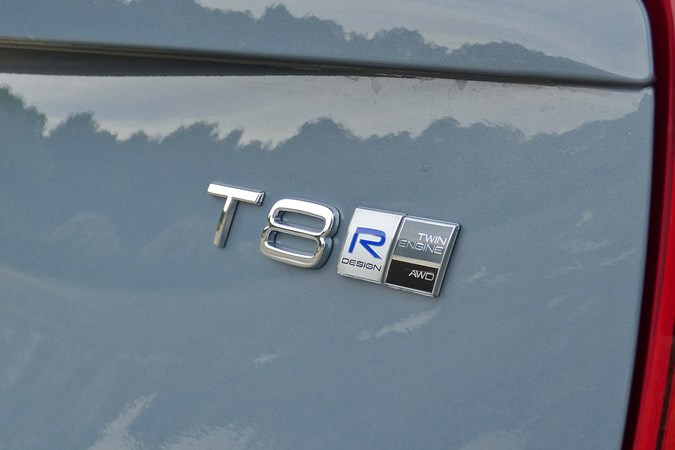
Engines no longer available
Our previous pick of the powertrain options was the D5 diesel (before it was replaced by the B5 mild-hybrid), as it offered 235hp and 480Nm of torque – the latter was the highest of all the engines. It could crack the 0-62mph sprint in 7.4 seconds, and go on to a 137mph top speed.
It didn’t feel really lively on the move thanks to the car’s heavy weight, but that punchy torque figure meant it was plenty brisk enough for most, performing overtaking manoeuvres with ease.
A T5 was also offered, with 250hp and 350Nm of torque, and was more responsive than you might think. It didn’t pick up as quickly on the motorway as the B5, but was responsive enough and quiet at all speeds, making for a relaxed option with a 0-62mph time of 7.5 seconds, just a fraction behind the diesel.
A more powerful option came in the form of the T6, with 310hp and 400Nm of torque. This was more rapid, taking just 6.5 seconds to get from 0-62mph.
While punchier than the T5 – it was turbocharged and supercharged – you didn’t get fire-breathing excitement. It was more about smooth progress, which it did well.
Handling
- The XC90 is a large, heavy car
- Handles its size fairly well
- Best as a relaxed cruiser, though
This isn’t a car for flinging around corners. There’s a fair bit of bodyroll, while sharper corners can cause this boxy SUV to feel a little top-heavy, but this is a direct result of how comfortable the car is. With that said, it’s a very easy car to drive, and the purpose of the XC90 is to provide comfortable family transport – not to thrill like a supercar.
All XC90s are AWD (all-wheel drive) and deliver power to all four wheels. All of this electronic wizardry is controlled through an eight-speed automatic gearbox which works absolutely faultlessly. It’s smooth and the electrical assistance helps the XC90 respond better than many rivals from stationary.
Its steering isn’t particularly communicative but it is direct and accurate, which means the car feels faithful to your inputs and goes where you expect it to – it’s just not as responsive out of town like a BMW X5 is. It’s quite light too, which further helps with ease of driving around town.
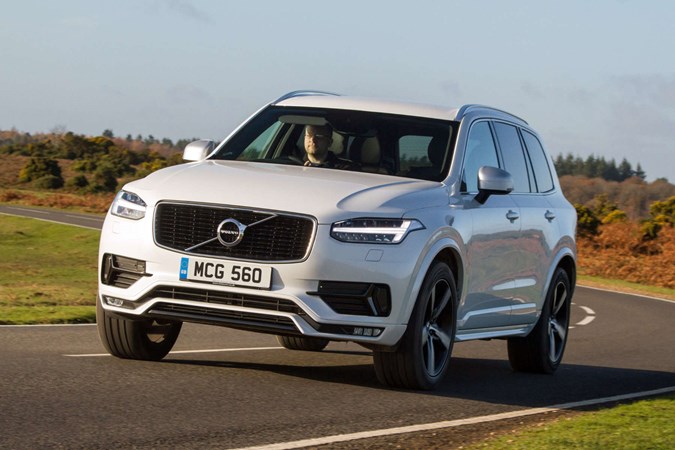
Because of the sheer size of the car it can be difficult to manoeuvre in tight spaces, but thanks to systems such as parking sensors and all-round cameras or even automatic parking, there’s always a way around it to help with visibility. The XC90 makes a great tow car too, with a braked towing weight of 2,700kg for the B6 petrol and B5 diesel and 2,400kg for the T8 hybrid and B5 petrol.
It might look like an off-roader, but we’re not entirely convinced the XC90 will work particularly well when the going gets tough. Most buyers won’t dream of taking theirs off the beaten track anyway, so perhaps this isn’t a huge issue, but we’d like the opportunity to see what it can do regardless. Some of its rivals excel in this regard.


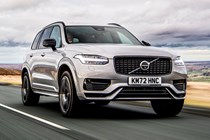
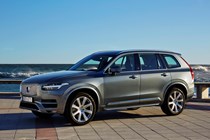
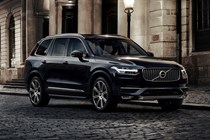
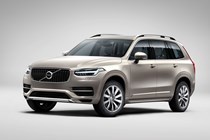
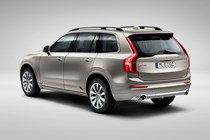
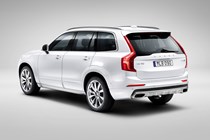
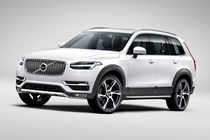
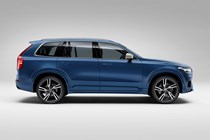
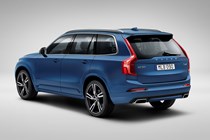
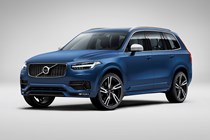
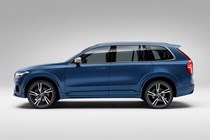
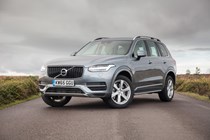
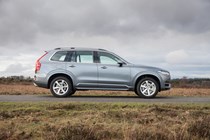
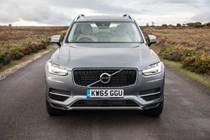
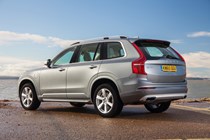
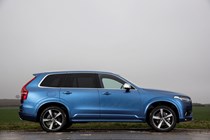
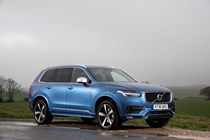
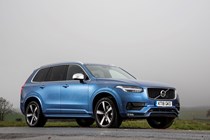
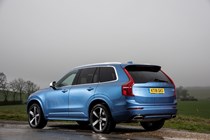

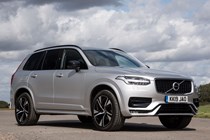
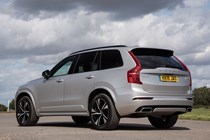
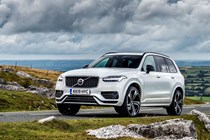
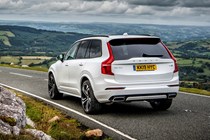
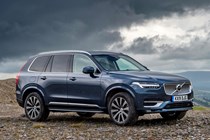
.jpg)
.jpg)

.jpg)
.jpg)
.jpg)
.jpg)
.jpg)
.jpg)
.jpg)
.jpg)
.jpg)

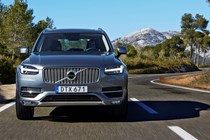
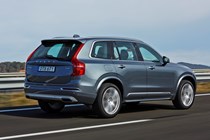
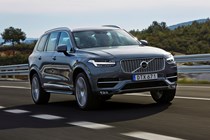
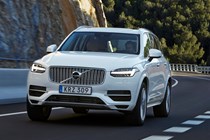
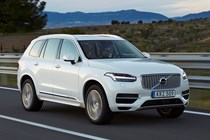
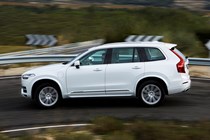
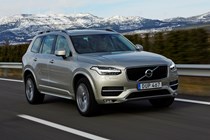
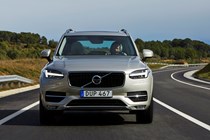
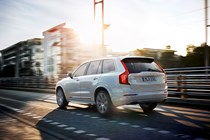
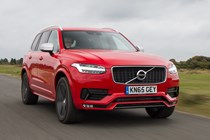
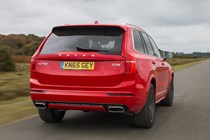
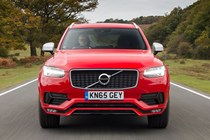

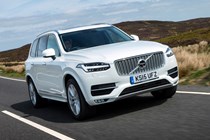
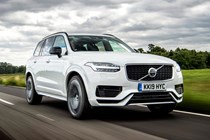
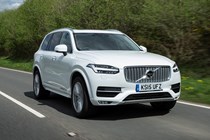
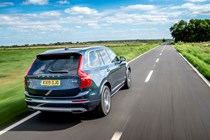
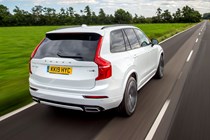


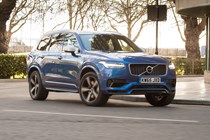
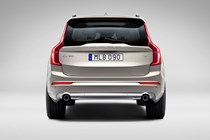
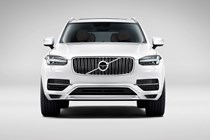
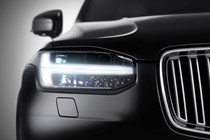
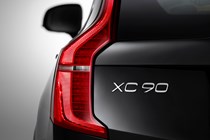
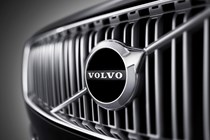

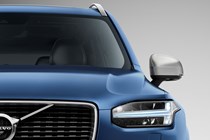
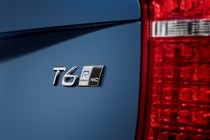
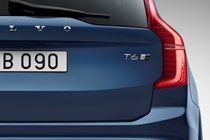
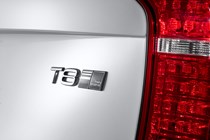
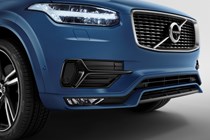
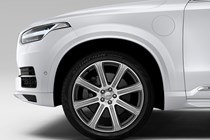
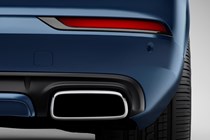
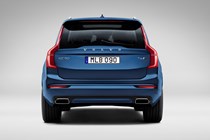
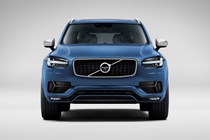
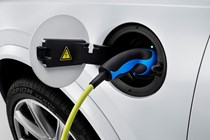
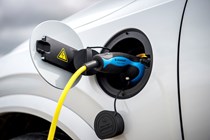
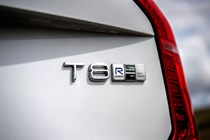
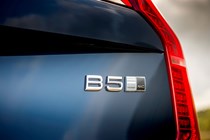
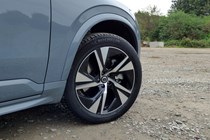

.jpg)
.jpg)
.jpg)
.jpg)
.jpg)
.jpg)
.jpg)
.jpg)
.jpg)
.jpg)
.jpg)
.jpg)
.jpg)
.jpg)
.jpg)
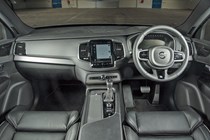
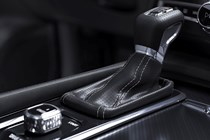
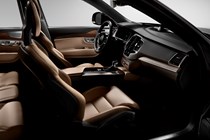
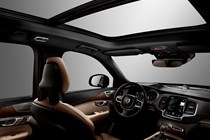
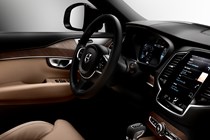
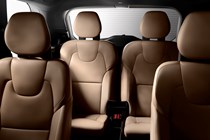
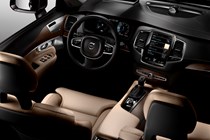
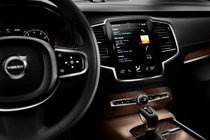
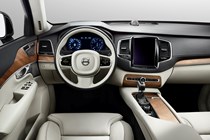
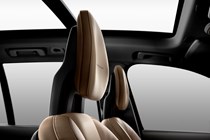
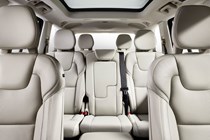
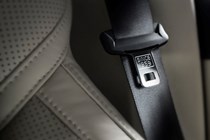

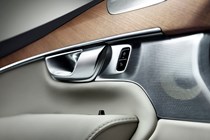
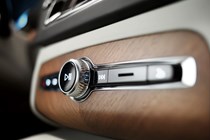
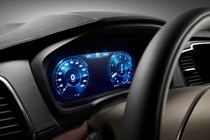
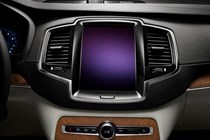
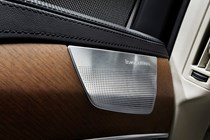
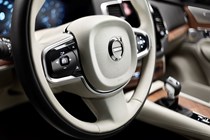
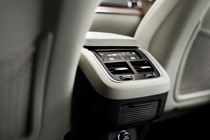
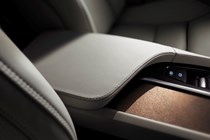
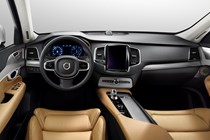
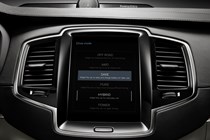
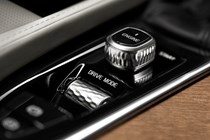
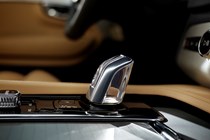
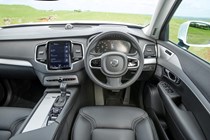
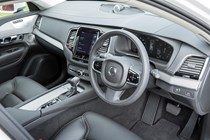

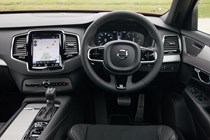
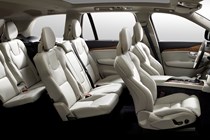

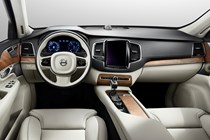
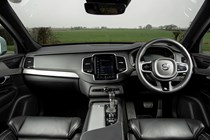
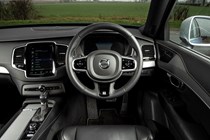
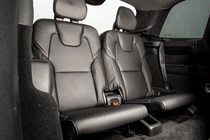
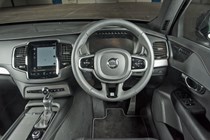
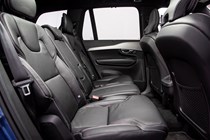
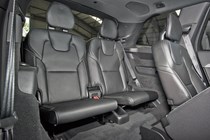
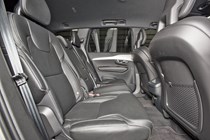
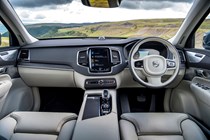
.jpg)
.jpg)
.jpg)
.jpg)
.jpg)
.jpg)
.jpg)
.jpg)
.jpg)
.jpg)
.jpg)
.jpg)
.jpg)
.jpg)
.jpg)
.jpg)
.jpg)
.jpg)
.jpg)
.jpg)
.jpg)
.jpg)
.jpg)
.jpg)
.jpg)
.jpg)
.jpg)
.jpg)
.jpg)
.jpg)
.jpg)
.jpg)
.jpg)
.jpg)
.jpg)
.jpg)
.jpg)
.jpg)
.jpg)
.jpg)
.jpg)
.jpg)
.jpg)
.jpg)
.jpg)
.jpg)
.jpg)
.jpg)
.jpg)
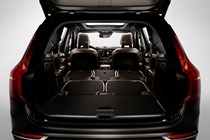
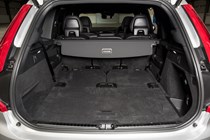
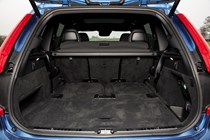
.jpg)
.jpg)
.jpg)
.jpg)
.jpg)
.jpg)
.jpg)
.jpg)
.jpg)
.jpg)
.jpg)
.jpg)
.jpg)
.jpg)



























.jpg?quality=50)
.jpg?quality=50)

.jpg?quality=50)
.jpg?quality=50)
.jpg?quality=50)
.jpg?quality=50)
.jpg?quality=50)
.jpg?quality=50)
.jpg?quality=50)
.jpg?quality=50)
.jpg?quality=50)











































.jpg?quality=50)
.jpg?quality=50)
.jpg?quality=50)
.jpg?quality=50)
.jpg?quality=50)
.jpg?quality=50)
.jpg?quality=50)
.jpg?quality=50)
.jpg?quality=50)
.jpg?quality=50)
.jpg?quality=50)
.jpg?quality=50)
.jpg?quality=50)
.jpg?quality=50)
.jpg?quality=50)








































.jpg?quality=50)
.jpg?quality=50)
.jpg?quality=50)
.jpg?quality=50)
.jpg?quality=50)
.jpg?quality=50)
.jpg?quality=50)
.jpg?quality=50)
.jpg?quality=50)
.jpg?quality=50)
.jpg?quality=50)
.jpg?quality=50)
.jpg?quality=50)
.jpg?quality=50)
.jpg?quality=50)
.jpg?quality=50)
.jpg?quality=50)
.jpg?quality=50)
.jpg?quality=50)
.jpg?quality=50)
.jpg?quality=50)
.jpg?quality=50)
.jpg?quality=50)
.jpg?quality=50)
.jpg?quality=50)
.jpg?quality=50)
.jpg?quality=50)
.jpg?quality=50)
.jpg?quality=50)
.jpg?quality=50)
.jpg?quality=50)
.jpg?quality=50)
.jpg?quality=50)
.jpg?quality=50)
.jpg?quality=50)
.jpg?quality=50)
.jpg?quality=50)
.jpg?quality=50)
.jpg?quality=50)
.jpg?quality=50)
.jpg?quality=50)
.jpg?quality=50)
.jpg?quality=50)
.jpg?quality=50)
.jpg?quality=50)
.jpg?quality=50)
.jpg?quality=50)
.jpg?quality=50)
.jpg?quality=50)



.jpg?quality=50)
.jpg?quality=50)
.jpg?quality=50)
.jpg?quality=50)
.jpg?quality=50)
.jpg?quality=50)
.jpg?quality=50)
.jpg?quality=50)
.jpg?quality=50)
.jpg?quality=50)
.jpg?quality=50)
.jpg?quality=50)
.jpg?quality=50)
.jpg?quality=50)